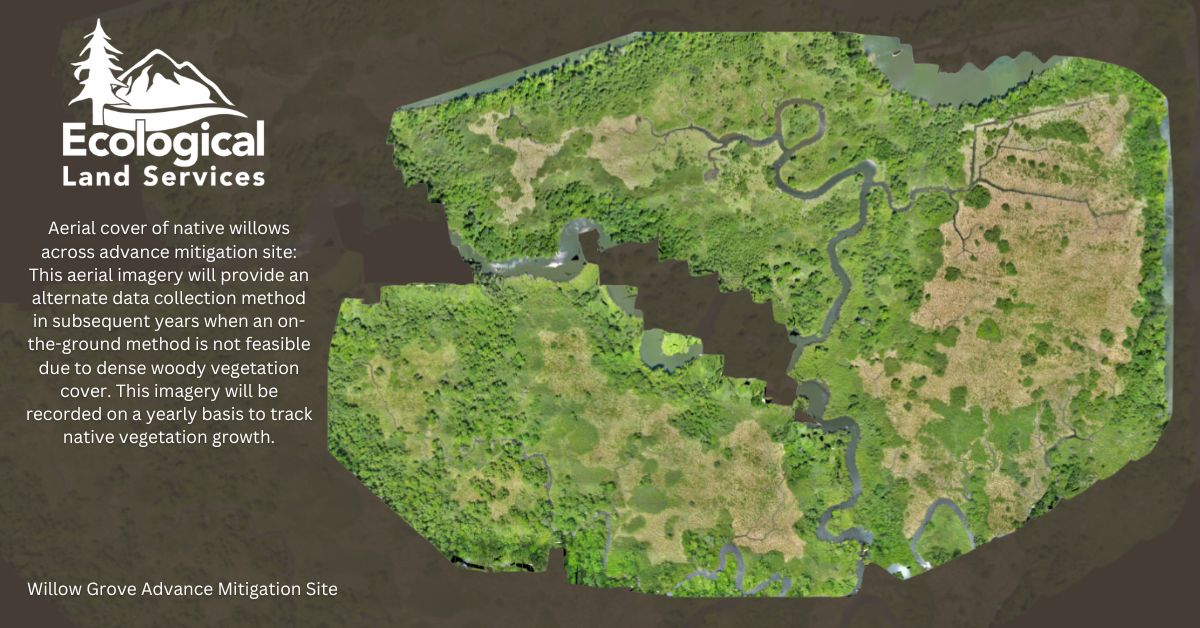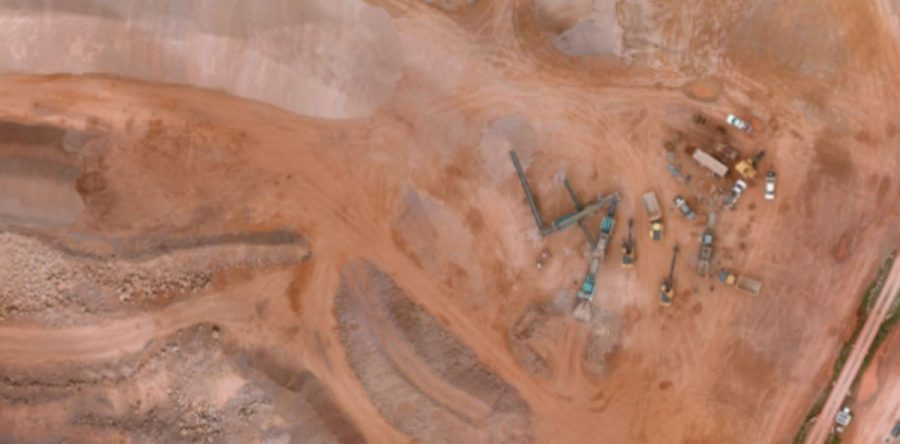How Has Tech Changed Our Field?
In our dynamic field, technology has become a game-changer, reshaping the way our team can approach our projects and solve challenges. From mapping landscapes to analyzing data, a variety of tech advancements are playing a crucial role in revolutionizing the landscape of environmental consulting.
Geographic Information System (GIS)
At the heart of modern environmental consulting is Geographic Information System (GIS), a powerful tool that enables consultants to capture, store, analyze, and visualize spatial and geographic data. GIS facilitates the creation of detailed maps, providing insights into environmental factors like land use, vegetation cover, and water bodies.
With GIS, our team can overlay multiple layers of data, offering a comprehensive understanding of the environmental landscape. For instance, when working on wildlife and habitat projects, GIS integrates wildlife populations, vegetation types, and land usage patterns, enhancing decision-making processes and leading to more effective and sustainable environmental solutions.
Drone Mapping
Drone technology has revolutionized data collection in environmental consulting. Drones equipped with advanced imaging and mapping tools can survey large areas quickly, providing detailed information that was previously unattainable. This is particularly valuable in remote or challenging terrains that are difficult to access on foot.

Drone mapping helps our team obtain high-resolution images and three-dimensional models of landscapes. The real-time data our drone pilot, Jack Leatherman, is able to collect by drones allows for prompt decision-making and rapid response to emerging environmental concerns.
Computer-Aided Design (CAD)
Computer-Aided Design (CAD) is another technology finding significant application in environmental consulting. CAD teams and software like we have at ELS, allows consultants to create accurate representations of environmental features, infrastructure, and proposed projects. The three-dimensional modeling capabilities in CAD enable the visualization of potential environmental impacts before actual construction or implementation begins.
CAD can be used to design and assess projects, from urban development to infrastructure improvements. For example, before breaking ground on a new project, a firm like ELS can be hired and use CAD to simulate the project's impact on the surrounding ecosystem, identifying and mitigating potential environmental risks.
Data Analytics
The vast amounts of data generated in environmental consulting require tools to extract meaningful insights. Data analytics has become a crucial component in the environmental consultant's toolkit, enabling the extraction of valuable information from diverse data sets.
Environmental consultants use data analytics to process information related to air and water quality, climate patterns, and ecosystem dynamics. Analyzing historical weather data, for instance, allows consultants to predict potential changes in climate patterns and plan mitigation strategies accordingly. This predictive modeling enables more informed decision-making and the development of resilient solutions to environmental challenges.
Integration of Technologies
The real power of technological transformation in environmental consulting lies in the integration of these various technologies. When GIS, drone mapping, CAD, and data analytics are combined, we can create a comprehensive and dynamic approach to solving complex environmental and permitting issues.
For instance, in a wetland restoration project, we can use GIS to analyze the current state of the area, employ our drone to map the topography and vegetation, utilize CAD to design restoration plans, and apply data analytics to monitor the success of the restoration over time. This integrated approach enhances the efficiency and effectiveness of our environmental consulting projects.
Challenges and Opportunities
While technology brings about significant advancements in environmental consulting, it also presents challenges. The rapid pace of technological evolution requires consultants to stay updated on the latest tools continually. Additionally, concerns related to data security, privacy, and ethical considerations must be carefully addressed in the utilization of technology.
However, the opportunities far outweigh the challenges. The ability to collect, analyze, and visualize data in real-time empowers consultants of all kind to make informed decisions, and informed decisions are the backbone of sustainable and environmentally responsible practices.



